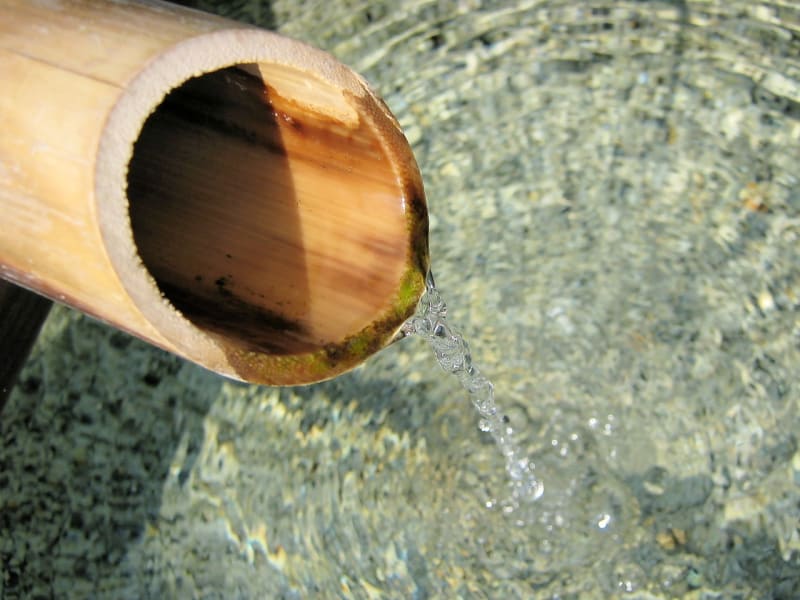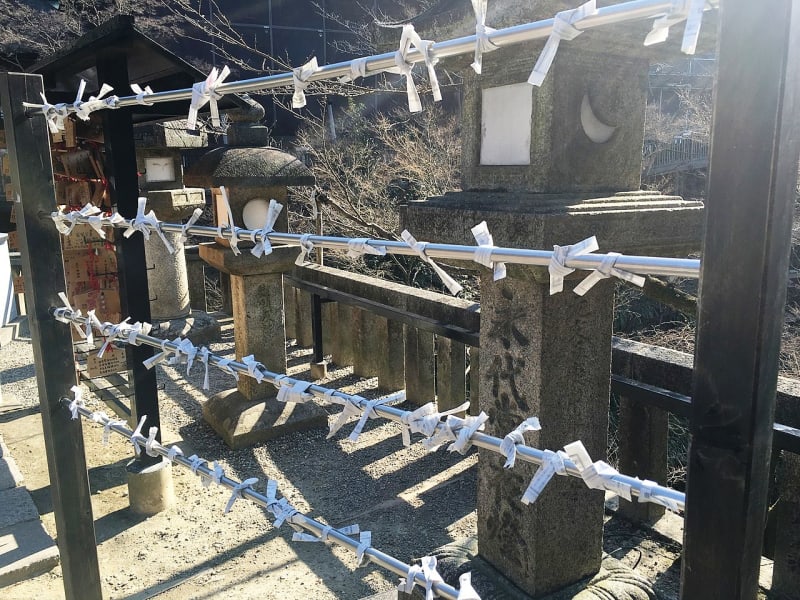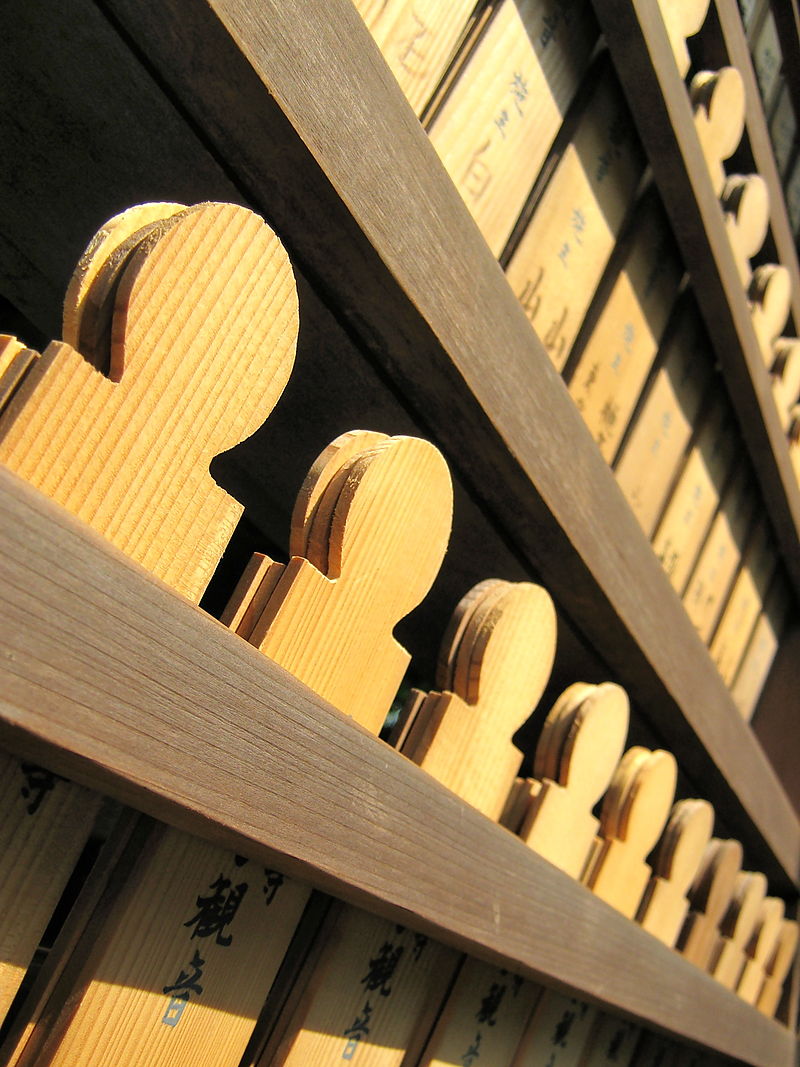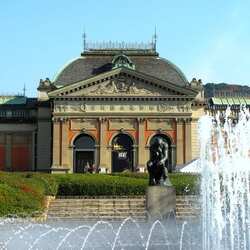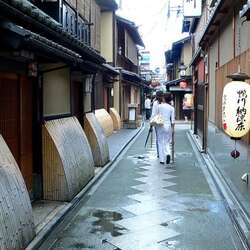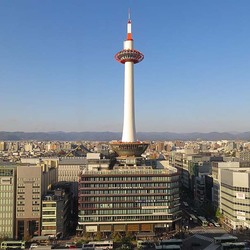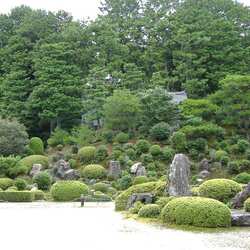Kiyomizu-dera
Kiyomizu-dera is a Buddhist temple, the full correct name of which sounds like Otowasan Kiyomizudera. Translated from Japanese, it means "Temple of Pure Water." It is located in the east of the city of Kyoto, and is the main city attraction. The date of its foundation is 778, the name is taken from the waterfall located in the temple complex. Surprisingly, there are several temples with the same name in Japan, but they are much less well-known.
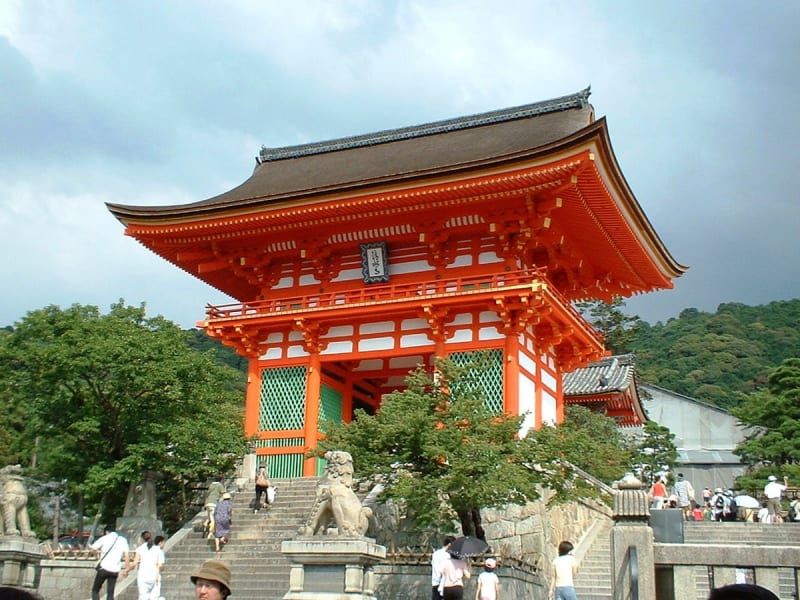
The large-scale temple buildings that have survived to this day were erected in 1633 on the hillside. The priceless relic of the temple, the sacred Buddha stone, can be reached by walking into the main hall through a tunnel in pitch darkness. The temple has a Jishu-jinja, a Shinto shrine to the god of the Earth. There is not one deity in the shrine, but several. Among them is the god of love Okoninushi no Mikoto. Two large stones of love are dug into the chapel. Young people go from one to the other with their eyes closed in order to achieve reciprocal love. Thousands of pilgrims and tourists visit the temple every day. In spring, the temple complex is decorated with cherry blossoms, filling the area with a charming aroma. In the evening, the trees are illuminated, enhancing the miraculous atmosphere that reigns around.
A bit of history
Kiyomizu-dera was originally a monastery, it was founded by Monk Entin in 778. According to one legend, in a dream, the Thousand-armed Kannon Bodhisattva ordered him to settle on a mountain near the Otowa waterfall. Entin complied with the order and later founded a settlement for monks. In 780, he met Shogun Sakanoue, who was hunting in the mountains. The Shogun's wife was ill. The monk offered prayers for her health to the Kannon Bodhisattva, and she was cured. The Shogun believed in the power of the bodhisattva and began to worship her intensely. Kannon gave the Shogun the strength to defeat Emishi during the northern campaign. In honor of the deity, together with Entin, they built in 798. The main temple on Otowa Hill.
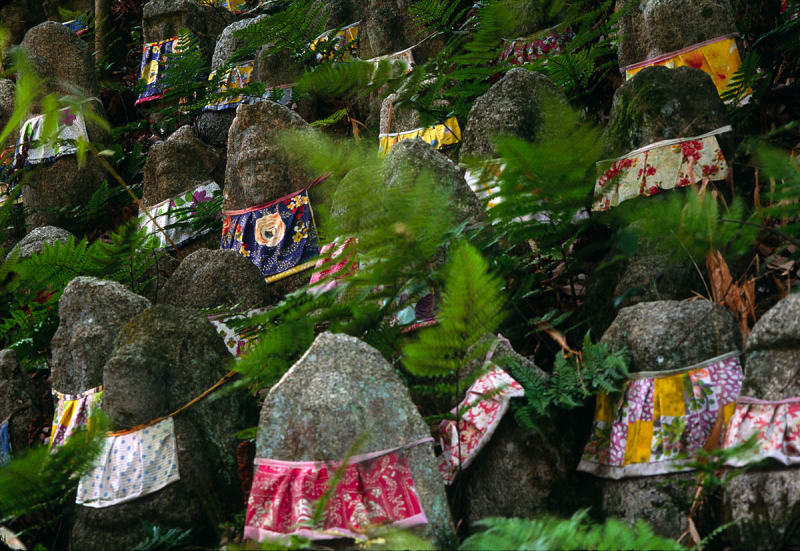
There is also a legend set forth in the early 9th century, in the documents on the foundation of the Kiyomizu-dera temple. It says that the Shogun shot a deer while hunting. The monk Entin, who met him, said that this was a great sin. At home, the Shogun told his pregnant wife about the incident. In repentance, the shogun's wife ordered the house in which they lived to be demolished, and a temple to be built in its place in honor of the Kannon Bodhisattva. After defeating the Emishi, the shogun built his estate and temple into a monastery.
Since the 11th century, the Kiyomizu-dera temple complex has been repeatedly destroyed for several centuries, but it has been restored each time. The fame of Kannon's power swept across the country. Numerous pilgrims, including the Japanese nobility, donated large amounts of money.
Kiyomizu-dera nowadays
The Western Gate and the bell tower have been preserved from the ancient buildings of the temple. Shops are located on both sides of the descent from the gate, some of them have been standing since the 17th century. The main temple was reconstructed in 1633, it is called the Kiyomizu Platform. There is a waterfall in the southern part of the temple complex. Picturesque Kyoto is perfectly visible from the height of the monastery.
The complex occupies a fairly large area. The buildings stand on solid stone foundations and are lined with stone. There is a beautiful park on the monastery grounds. The Kiyomizu-dera Temple complex includes a three-tiered pagoda, the Founder's Temple, the Shakyamuni Shrine, a bell tower, an Inner Pavilion, the Amida Temple, the Asakura Temple, and the Sutra library. Near the central gate of Niomon there are 4-meter sculptures of fierce tigers guarding the entrance.
South of the Main Temple there are three streams of the waterfall. It is believed that each stream has its own power. The right one gives health and prolongs life, the middle one accompanies success in love, the left one helps in learning. You can only take a sip from one, if you drink from two, the miraculous power will be reduced by half, and if you drink from all three, you can lose even what you have now as a punishment for greed.
To the south stands the Taisan-ji monastery, where prayers are offered for a safe birth, and a small pagoda. Many literary works are dedicated to Kiyomizu-dera, praising the miracles that take place within its walls and created by the Kannon Bodhisattva.
